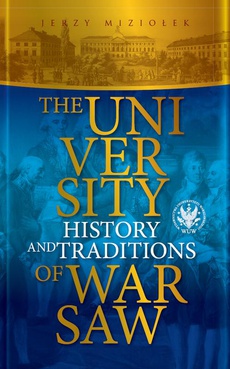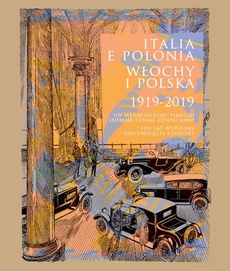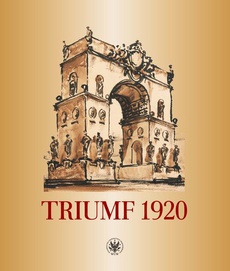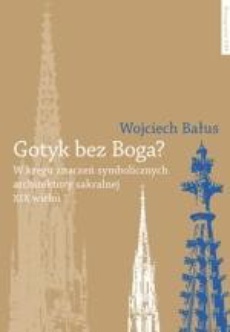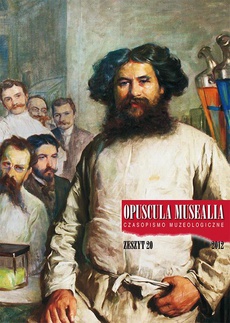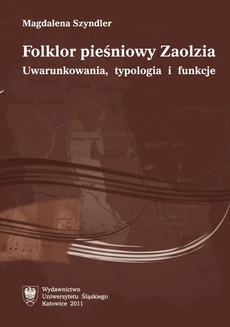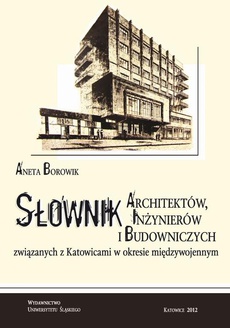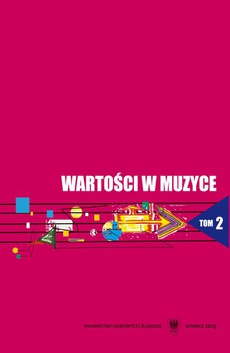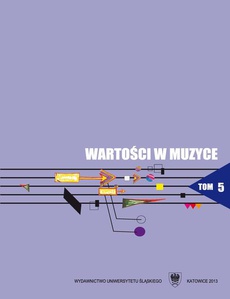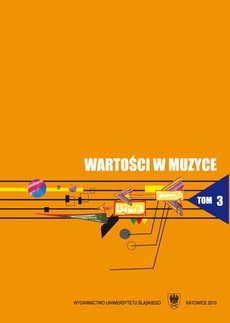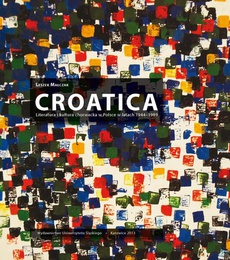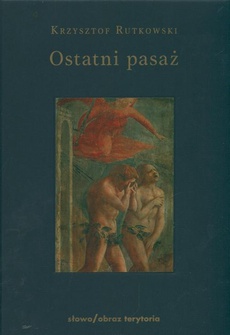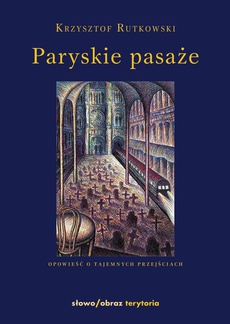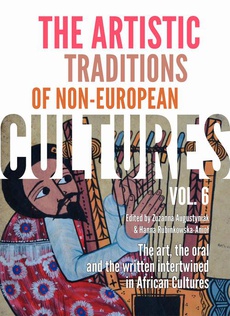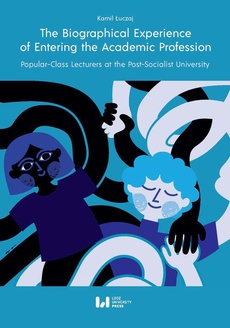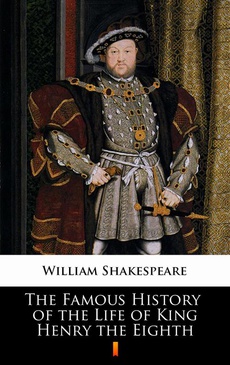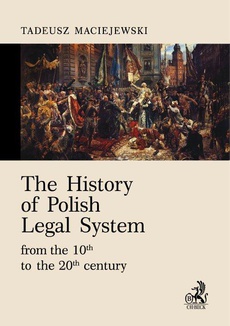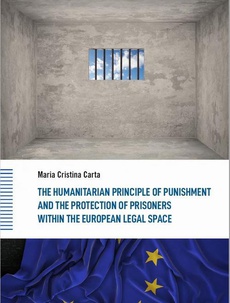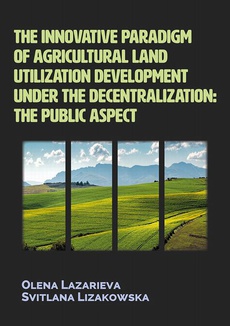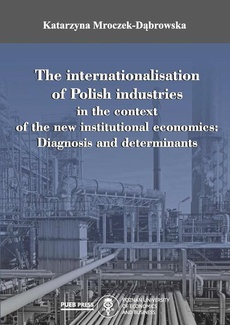INNE EBOOKI AUTORA
The University of Warsaw
History and Tradition
Autor:
Wydawca:
Format:
pdf, ibuk
Autor przedstawia najważniejsze epizody 200-letniej historii Uniwersytetu Warszawskiego oraz sylwetki jego rektorów, wybitnych profesorów i absolwentów, w tym Fryderyka Chopina. Publikacja jest wprowadzeniem w historię Uniwersytetu, a także przewodnikiem po jego historycznych gmachach, zbiorach odlewów gipsowych czy rycin i rysunków przechowywanych w Gabinecie Rycin Biblioteki Uniwersyteckiej. Autor omawia osiągnięcia i spuściznę Wydziału Nauk i Sztuk Pięknych (1816–1831) oraz Szkoły Sztuk Pięknych, która działała na terenie kampusu uniwersyteckiego w latach 1844–1862. Skupia się również na historii gmachów Uniwersytetu, jego godle i innych symbolach. Opisuje uniwersyteckie osiągnięcia naukowe i intelektualne na tle ważnych wydarzeń z historii Polski.
Publikację uzupełniają interesujące dodatki tematyczne dotyczące m.in. Mieszkania Chopinów na terenie głównego kampusu uniwersyteckiego, postaci Stanisława Kostki Potockiego, założyciela Muzeum UW, zbiorów mumii egipskich i sarkofagów należących do tegoż Muzeum (w depozycie Muzeum Narodowego w Warszawie) oraz uniwersyteckich noblistów. Całość wieńczy kalendarium dziejów Uniwersytetu Warszawskiego.
Publikacja, bogato ilustrowana mało znanymi materiałami, jest przeznaczona dla szerokiego kręgu czytelników.
*********
The author gives an account of the most important events covering two hundred years of the history of the University of Warsaw and introduces profiles of its rectors, outstanding professors and graduates, among them Fryderyk Chopin. The book can be read as an introduction to the University’s history, and as a guide to its historic monuments and collection of plaster casts, as well as the engravings and drawings housed in the University Library Print Room. The author discusses the achievements and heritage of the Faculty of Science and the Fine Arts, and also of the School of Fine Arts, which existed on the University campus in the years 1844-1862. He also focuses on the history of the University buildings, its emblem and other symbols as well as he describes University’s scientific and intellectual achievements in the context of Poland’s history.
The book is complemented with the interesting appendixes referring to the Chopins’ apartment at the University Campus, Stanisław Kostka Potocki, founder of the Museum of the University of Warsaw, the collection of Egyptian mummies and sarcophagi (University of Warsaw deposit in the National Museum, Warsaw) and the University graduates who won the Nobel prize. The final part is the calendar of the University history.
This book, richly illustrated with little-known materials, is addressed to a wide circle of readers.
| Rok wydania | 2017 |
|---|---|
| Liczba stron | 432 |
| Kategoria | Historia sztuki |
| Wydawca | Uniwersytet Warszawski |
| ISBN-13 | 978-83-235-2860-9 |
| Numer wydania | 1 |
| Język publikacji | angielski |
| Informacja o sprzedawcy | ePWN sp. z o.o. |
POLECAMY
Ciekawe propozycje
Spis treści
| Introduction | 9 |
| I. Warsaw in the time of the Duchy of Warsaw and the Congress Kingdom (1807–1831) 21 | |
| Images and symbols | 21 |
| The inception of the Congress Kingdom | 26 |
| The last years of the Congress Kingdom | 31 |
| The cultural achievements of the Congress Kingdom | |
| 36 | |
| II. The establishment of the University of Warsaw 41 | |
| Plans for founding a University in Warsaw at the | |
| turn of the eighteenth century | 41 |
| The Nobles’ Academy of the Corps of Cadets, or | |
| the School of Chivalry | 43 |
| The founding of the University | 53 |
| The emblem and banner of the University | 58 |
| The inauguration of the University | 59 |
| The functioning and organization of the | |
| University | 64 |
| Rector Wojciech A. Szweykowski | 68 |
| The University and the Society of Friends of | |
| Learning | 71 |
| The role of Stanisław Kostka Potocki and | |
| Stanisław Staszic in organizing education in | |
| Warsaw | 73 |
| The monument to Nicolaus Copernicus | 75 |
| III. The Faculty of Science and Fine Arts – education and art 81 | |
| The programme of teaching of the “Fine Sciences” | |
| 81 | |
| The historic precinct of the University (the | |
| Campus) | 83 |
| The Botanic Garden and Astronomical Observatory | |
| in Aleje Ujazdowskie | 96 |
| Outstanding Professors of the Faculty of Sciences | |
| and Fine Arts | 100 |
| Fryderyk Chopin’s university studies | 105 |
| IV. The Fine Arts Department and its role in shaping the artistic culture of Warsaw 111 | |
| The impact of the royal collection of sculptures | |
| at the turn of the eighteenth century | 114 |
| The creation of the scientifi c and artistic | |
| collections of the University | 121 |
| The functioning of the Fine Arts Department | 127 |
| The scholarship policy of the University | 129 |
| The University’s exhibitions of Fine Arts | 130 |
| The impact of the University’s academic circles | |
| and of its collections of plaster casts and | |
| prints on artistic culture in Warsaw | 134 |
| The history of a certain competition topic | 138 |
| The amphitheatre, or the painting studio | |
| at the University of Warsaw | 142 |
| V. The period between the Uprisings and the legacy of the first University of Warsaw 153 | |
| The dissolution of the University and the fate of | |
| its buildings to the mid-nineteenth century | 153 |
| The School of Fine Arts 1844–1862 | 155 |
| The seat of the School of Fine Arts and its | |
| professors | 157 |
| On some works of art of mid-nineteenth-century | |
| Warsaw | 163 |
| VI. The Main School and its legacy 175 | |
| Positivist Background | 175 |
| The political situation in the Congress Kingdom | |
| in the 1860s | 176 |
| The organization of the Main School, its | |
| structure and functioning | 178 |
| The University buildings in the time of the Main | |
| School | 182 |
| The legacy of the Main School | 188 |
| The January Uprising and the students of the Main | |
| School | 189 |
| The closure of the Main School and opening of the | |
| Imperial University | 191 |
| The University gate | 194 |
| VII. The University of Warsaw in the years 1915–1945 203 | |
| On the road to independence and rebirth | 203 |
| The functioning of the reborn University | 212 |
| The tragedy of the Second World War, the | |
| Underground | |
| University and the Warsaw Uprising | 224 |
| VIII. The University of Warsaw in the People’s Republic of Poland (1944/1952–1980) 239 | |
| Post-war reconstruction | 239 |
| Concerning old photographs, the University’s | |
| banner and the Rector’s insignia | 243 |
| Eminent scholars and international congresses | 247 |
| Some thoughts on the University Library Print R | |
| Room | 249 |
| March 1968 | 250 |
| IX. The Solidarity Decade and the rise of the Third Republic 259 | |
| Signs of freedom, important visits and new | |
| University buildings | 268 |
| X. New infrastructure and scientific achievements of the University of Warsaw in the years 2005–2017 285 | |
| Epilogue | 309 |
| Appendix 1. The Chopins’ apartment at the University | |
| campus | 315 |
| Appendix 2. Stanisław Kostka Potocki. The Founder of the University of Warsaw Museum of the Fine Arts | 325 |
| Appendix 3. Letter of artists – professors of the Fine Arts Department of the Royal University of Warsaw | 334 |
| Appendix 4. Egyptian mummies and sarcophagi. The University of Warsaw deposit at the National Museum in Warsaw | 341 |
| Appendix 5. Nobel Prize laureates linked with the University of Warsaw | 345 |
| A calendar of the University of Warsaw’s history | 354 |
| Bibliography | 375 |
| Index | 395 |
| List of illustrations | 421 |

